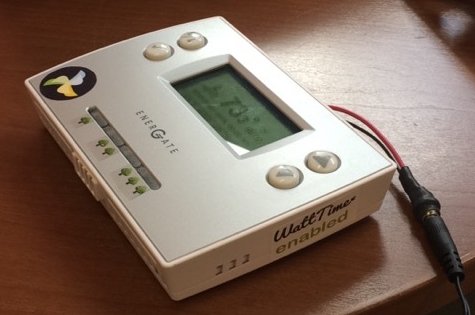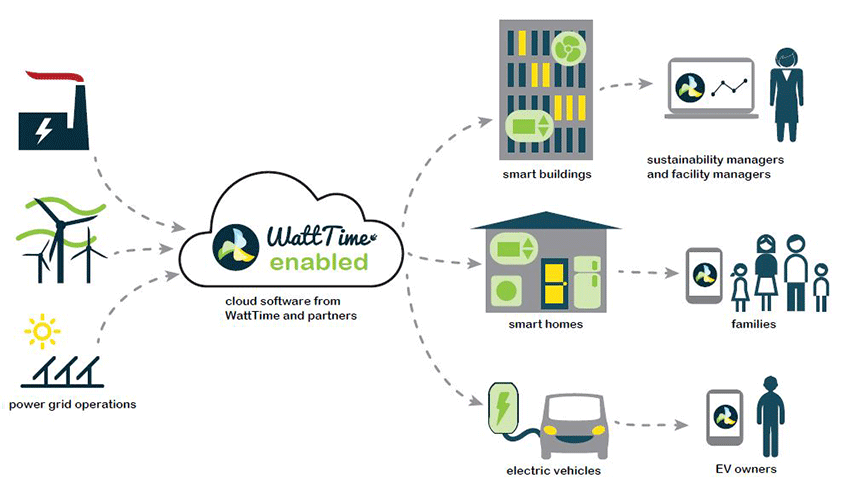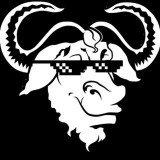This episode of Talk python to me was awesome, first there were many things that are not common in tech, one is the guest was a woman coder, which is something that unfortunately doesn't happen more often. The other is creating toolkits for a great cause, which is green tech. Anna Schneider career was as a scientist in Biology and met Python during her PHD when she made the jump from C++ to Python when building simulations with protein folding and photosynthesis.
Energy software is something that is not very well known and a nitch that I personally have been curious, so these interview definetly stroke a cord.
Anna Schnider recognize the creativity that allows you using data manipulation and play with different ideas and simulations. A good reflection by the host was that a lot of people care about building a better world and fighting pollution but programmers actually have a shot at making actual change, since most of the technology that can be reporpouse and produce a benefit for everyone.
One thing that also move the tip towards building businesses on the green area is that around 2012 rewnewable energy became more affordable and that push more businesses work on it. So good business and good for the world to have this working on a power revolution.
Anna Schneider is the founder of a green tech business called Watt-time, which is a company that specialize on distinguishing if the energy is green and monitor the carbon footprint at any given time. Also makes it able to detect which is the cleanest time of energy in your house, so if you have the A/C on it will let you know when is coming from a green source or a dirty one.
Business wise "Whatt-time" has found acceptance with the internet of thing communities, and even thought is not very standarize, is a growing market. And even thought big businesses are a big part of the company clientele, home thermostats are also around 40%.

Wattime Theromostat
She talks about the challenges from solar regarding the weather and wind is that is not stable. Python fit into this by leveraging the open data from the power grid and estimate a forecast to how to optimize the capture and storage of energy to be able to put it on the best scenario to use the green energy.

What-time is a python house and use a Django REST framework API to pull in the data and Panda for data analysis, and Celery for the task management.
Anna has participate in DjangoCon talking about these technologies, and also designing patterns and anti-patterns for internet of things.
A great lesson learned regardless the work of Django on IOT is to think more of Tasks as opposed to Views on Django. So for example if a smart device has a backend provided by the company, this API wont send you anything unless you request it, so Celery is a way to handle those tasks for machine to machine communication. So a multi-step task like 'begin call to a server', put it on a task queue, and then hold until a respond arrives and then communicate to your own data hub, and every device would have their own tweak, so is a kind of reverse engineer of the smart device.
Finally there was a plug on her own open source projects including a set of libraries called pyiso which help you understand the source for power grid from the US, but there is an opportunity to extend these libraries to different countries. It basically acts as a wrapper to ease the use of data across different publishing platforms.

About me:
Steemer, crypto fan, like to listen to 90s hip hop, and loves to chat about Linux Python and Free software. Runs a local Tech club in sunny Cancun, and enjoys hoping on planes and landing somewhere else.